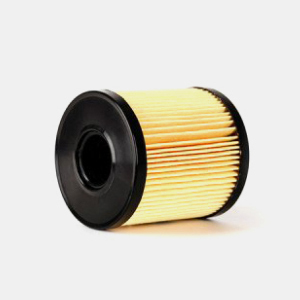electrowelded mesh
The Significance of Electrowelded Mesh in Modern Construction
Electrowelded mesh, also known as welded wire mesh, has become an essential component in modern construction and industrial applications. This product is manufactured by welding together a series of horizontal and vertical wire strands at intersections, creating a robust and durable grid. Its versatility and reliability make it an invaluable resource across various sectors, including construction, agriculture, and manufacturing.
One of the primary advantages of electrowelded mesh is its strength. The welding process ensures that the intersections of the wires are secure, providing a uniform load-bearing capacity. This strength is critical in construction, where the structural integrity of buildings can depend heavily on the materials used. Whether it's used in reinforced concrete slabs, foundations, or walls, electrowelded mesh helps distribute loads evenly, reducing the risk of cracks and structural failures.
The use of electrowelded mesh also streamlines construction processes. Traditional reinforcement methods often require extensive labor and time to position and secure rebar or other reinforcement elements. In contrast, welded wire mesh is pre-fabricated in controlled environments, allowing for quicker installation on-site. This efficiency not only speeds up construction timelines but also reduces labor costs, making it a cost-effective choice for construction companies.
electrowelded mesh

Moreover, the adaptability of electrowelded mesh is worth noting. It can be manufactured in various sizes and configurations to meet specific project requirements. Whether it’s fine mesh for delicate applications or heavy-duty mesh for high-load scenarios, manufacturers can produce customized solutions to fit diverse needs. This flexibility enables engineers and architects to incorporate electrowelded mesh seamlessly into their designs, enhancing the overall effectiveness of the structure.
Environmental considerations are becoming increasingly pertinent in construction. Electrowelded mesh is predominantly made from recycled materials, contributing to sustainable building practices. By choosing welded wire mesh, companies can minimize their environmental footprint and promote the use of sustainable materials in their projects. Additionally, the longevity of electrowelded mesh means that structures utilizing this material typically require less maintenance over time, further supporting sustainability.
Another notable application of electrowelded mesh is in the agricultural sector. Farmers utilize welded wire mesh for fencing, animal enclosures, and support for crops, such as in trellises for climbing plants. The durability and resistance to weathering make it an ideal choice for outdoor applications. Moreover, its visibility can deter pests while providing a secure boundary for livestock, thereby promoting more efficient farming practices.
In conclusion, electrowelded mesh plays a pivotal role in modern construction and various other industries. Its strength, efficiency, versatility, and sustainability make it a preferred choice for engineers, architects, and manufacturers alike. As the construction industry continues to evolve, the importance of integrating reliable materials like electrowelded mesh will only increase, providing enhanced performance and durability to structures around the globe.
-
Anti Hail Net | UV-Stable, High-Strength Orchard ShieldNewsNov.17,2025
-
Anti Bird Netting – UV-Stable, Durable, Humane ProtectionNewsNov.17,2025
-
Welded Wire - Durable, Rust-Resistant Mesh, Custom SizesNewsNov.17,2025
-
Garden Mesh Sun Shade – UV-Resistant, Durable, Custom SizesNewsNov.17,2025
-
Bird in Net Solution: Humane, UV-Resistant Bird NettingNewsNov.17,2025
-
Stainless Steel Filters: Durable, Washable, High-FlowNewsNov.10,2025












